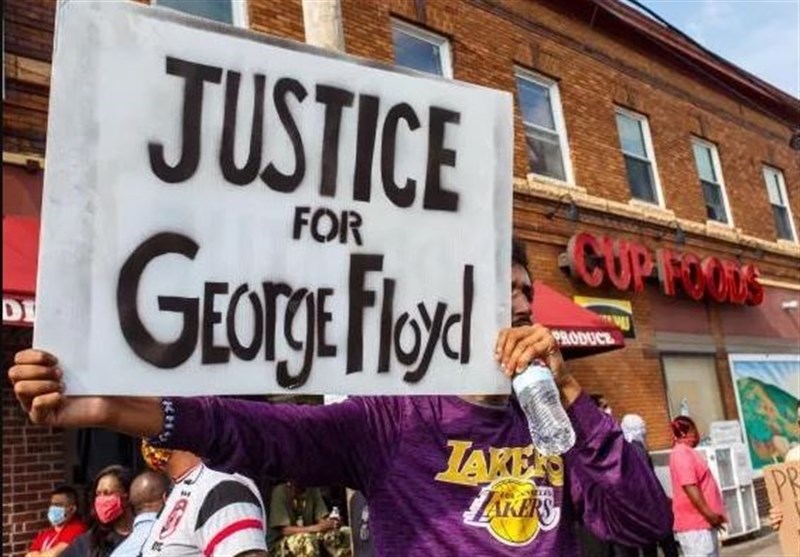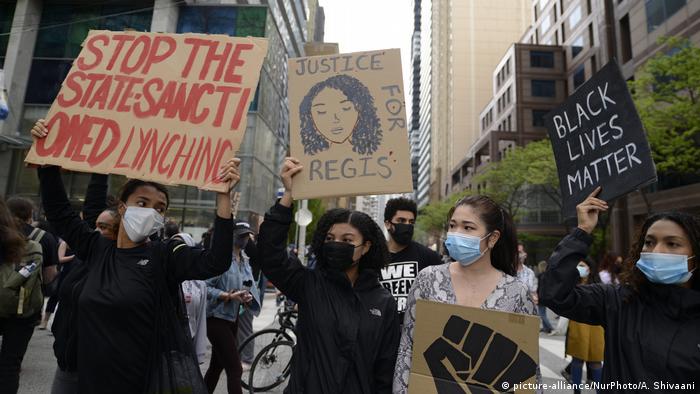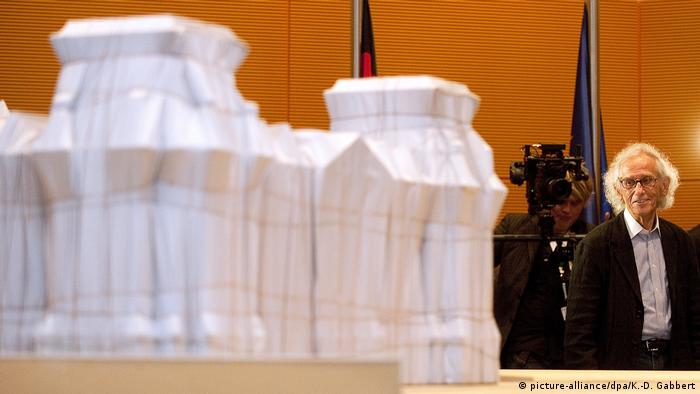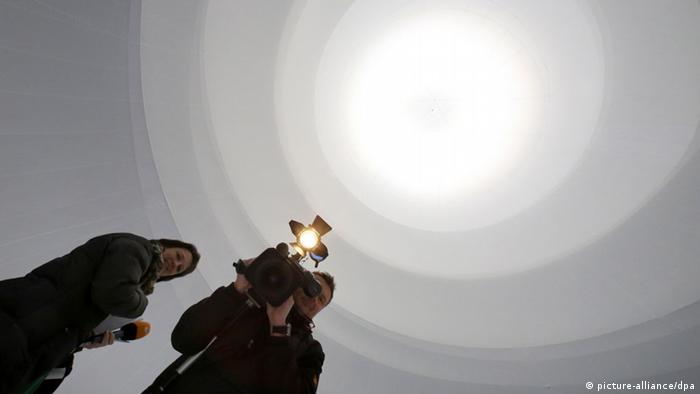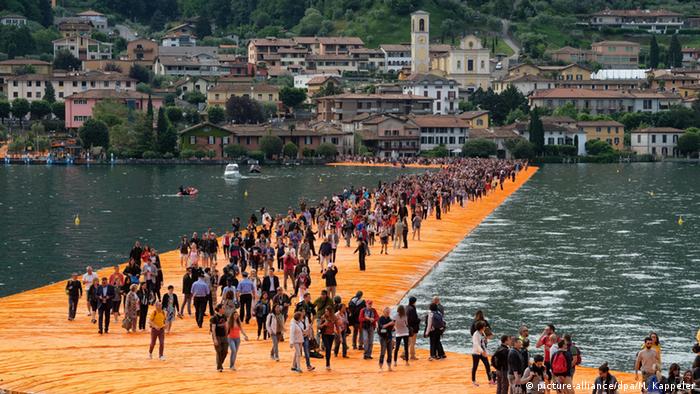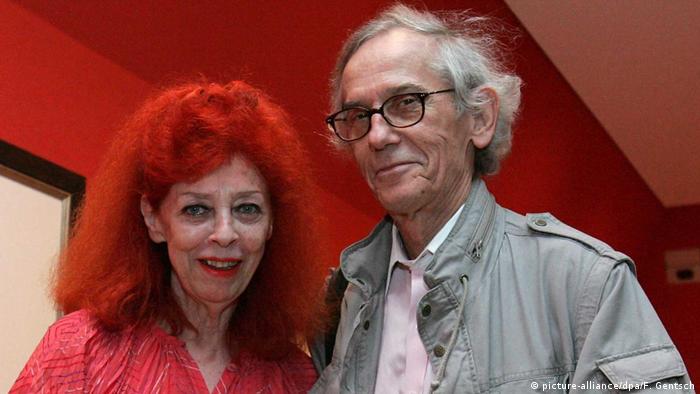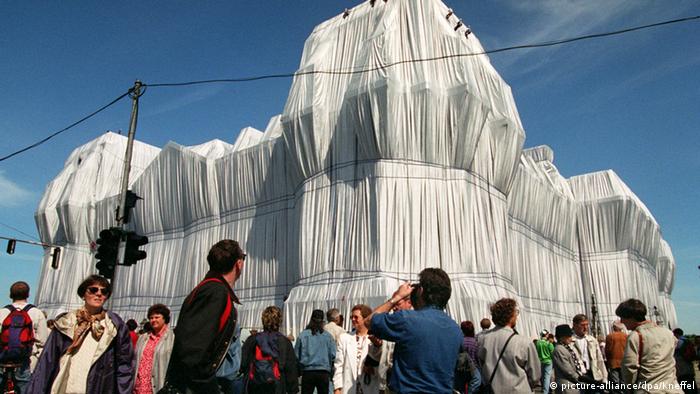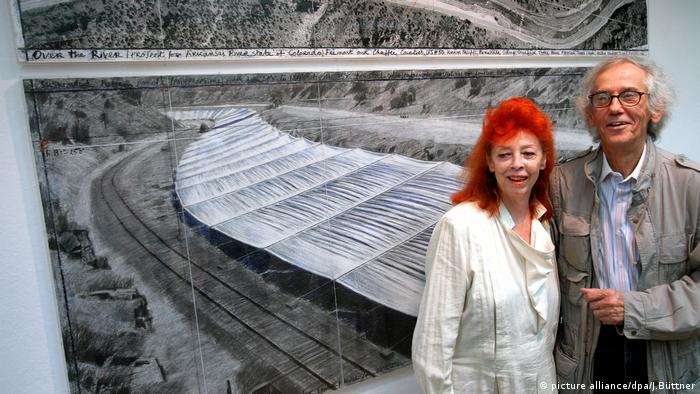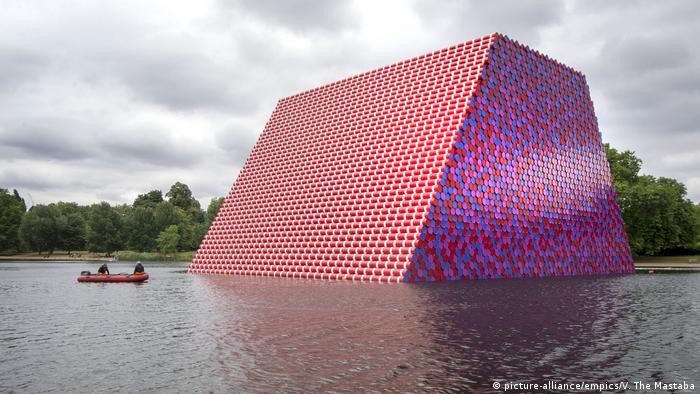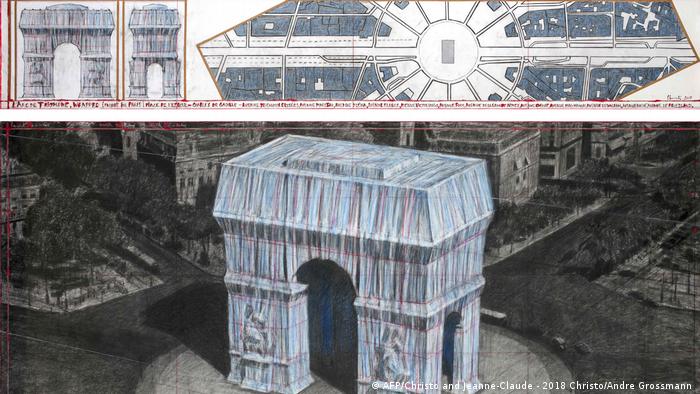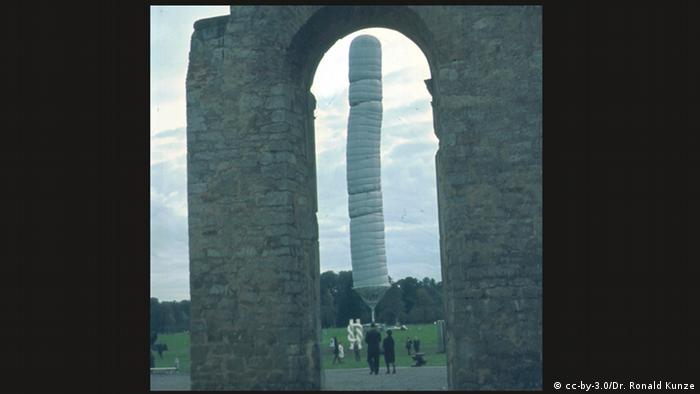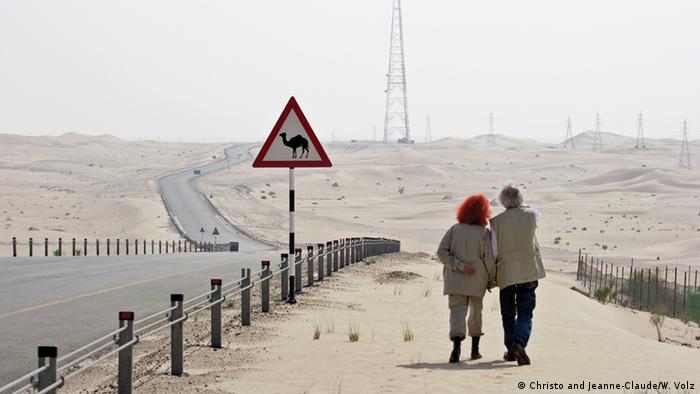US Govt. Complicit in Police Killings of African-Americans: Anti-Racist Activist
TEHRAN (Tasnim) – An American anti-racist strategist and activist said the US government is complicit in police-involved shootings and killings of unarmed black men across the country.

“The United States government has been not only complicit in Black death but an active participant and agitator in our deaths. Right now protestors are fighting back against heavily armed cops in riot gear. These cops are shooting tear gas and other projectiles as peaceful protestors. Imagine the level of cruelty it takes to shoot tear gas in a crowd of peaceful people,” Desmond Abrams told Tasnim.
Abrams is a Black American community organizer and anti-racist strategist. He is the founder and executive director of Brothers Doing Better, a US-based racial and social justice organization.
Following is the full text of the interview:
Tasnim: Protests over police brutality and the death of George Floyd continue to rage across the US. What do you think about the protests and the role of the US government in them?
Abrams: The United States government has been not only complicit in Black death but an active participant and agitator in our deaths. Right now protestors are fighting back against heavily armed cops in riot gear. These cops are shooting tear gas and other projectiles as peaceful protestors. Imagine the level of cruelty it takes to shoot tear gas in a crowd of peaceful people. Then imagine how cruel you would have to be to do this during a pandemic that attacks your breathing.
Tasnim: US President Donald Trump, in a tweet after midnight on Friday, called the protesters in Minneapolis “thugs” and said, “When the looting starts, the shooting starts.” His tweet was widely criticized for inciting violence. What is your take on his tweet?
Abrams: Trump’s tweets about "Thugs" doesn't shock anyone I know. And in all honesty, his tweets really are just a continuation of the race/class war that American presidents always wage against their citizens, in particular their Black and darker skin population. He mentioned there will be shooting, and my reply is "so what". You (and the presidents before him) have already enabled the police to kill Black people at a whim. So the thought that people who are already pushed to the brink by way of American anti-Black hatred and dominance are just gonna pack up and go home because Trump called the Black community a racial slur and made more threats is inaccurate. The protest, the uprisings, they are still happening and they are expanding day by day.
Tasnim: The United States is a contradiction. Its founding principles embrace the ideals of freedom and equality, but it is a nation built on the systematic exclusion and suppression of communities of color. From the start, so many of this country’s laws and public policies, which should serve as the scaffolding that guides progress, were instead designed explicitly to prevent people of color from fully participating. What are the reasons behind this?
Abrams: That's a great question. And there are a lot of reasons for this contradiction. First and foremost is the practice of slavery in America; this country would not be a superpower if it were not for our ancestors forced free labor. The wealthy in this country have coasted off the wealth that that period created and they are hoarding those ill-gotten gains still.
Also the system of exploitation known as capitalism cannot thrive without an outgroup or bottom caste group to hold up the entire system. That is what Black people are in this country, we hold up this country and institutions through our labor and our suffering. When California wants to put out wildfires they pay Black imprisoned people less than a dollar a day to risk their lives. That's just one example. But there are plenty.

